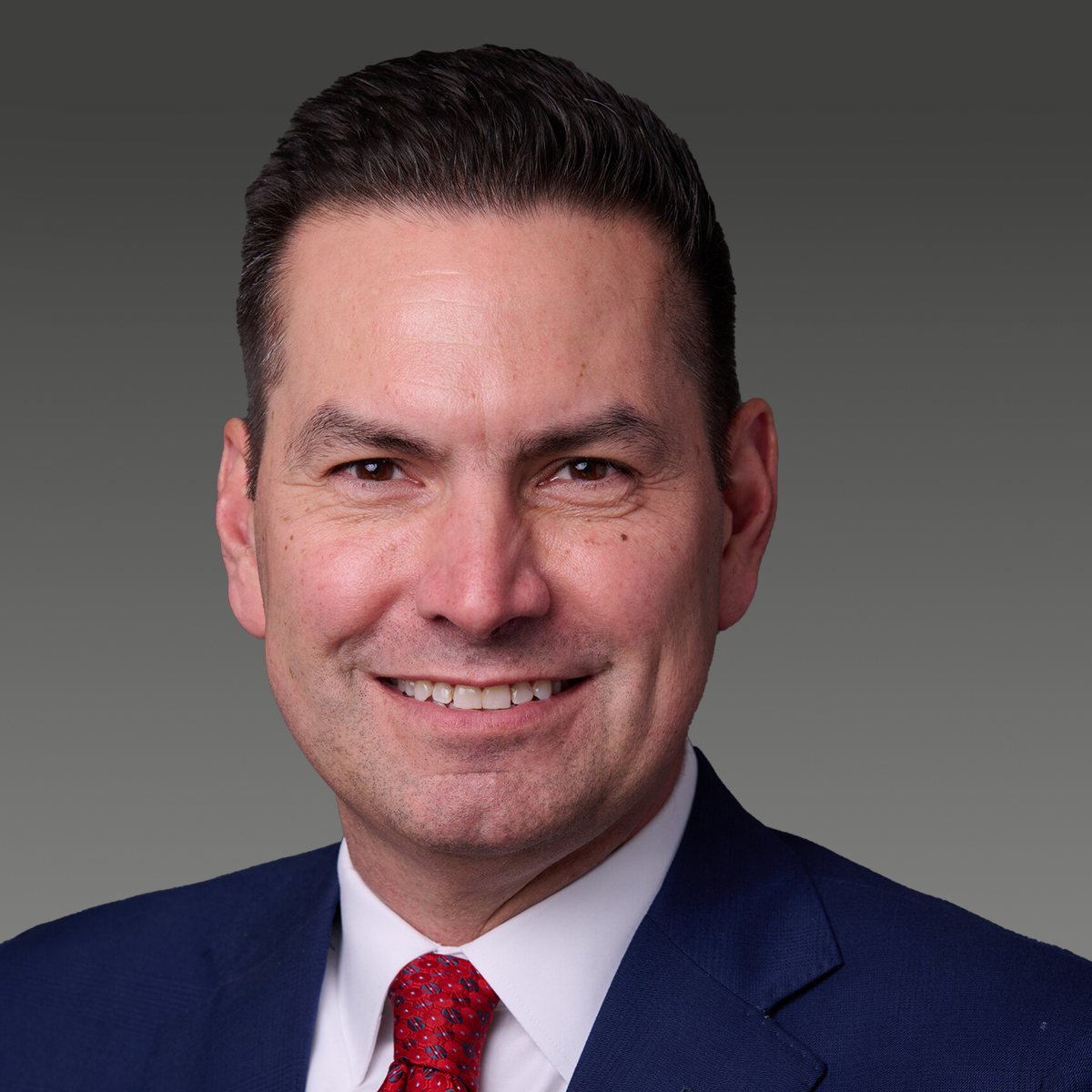(This story is from our new Health Tech newsletter. If you’d like to sign up, just click here.)
As Walgreens retreats from primary care, it’s turning its focus back to its core business and embarking on a plan to reimagine the role of pharmacies.
The struggling chain $WBA has seen its stock price plunge 60% since the start of the year. It’s now aiming to turn its business around by providing more services through its pharmacies, such as helping patients adhere to their medication regimens or closing gaps in care, and working with health plans and pharmacy benefit managers to get paid in new ways that account for those higher-value services.
It’s also working to improve the customer experience, making it easier for people to schedule appointments online and check in for services.
 Rick Gates
Rick Gates“We’ve been going through a lot of work to really say: What does the Walgreens of tomorrow look like?” Walgreens’ chief pharmacy officer Rick Gates said in an interview with Endpoints News. “You’re going to see us lay out how we’re going to really get to what the end-state pharmacy is over the next one, two, three years.”
Walgreens is facing a mountain of challenges. Like other pharmacy chains, it’s been grappling with decreasing reimbursement for prescription drugs for years, and people aren’t spending as much money in the front of its stores as inflation drives up prices. It’s also confronting competition from Amazon Pharmacy and other online startups that promise a convenient alternative to picking up prescriptions in person.
New CEO Tim Wentworth, who joined Walgreens in October, is trying to shore up the chain by cutting costs, closing potentially hundreds of stores, and pulling back on efforts to become a primary care provider after spending billions of dollars on VillageMD. In a filing earlier this month, the company said it might sell its entire majority stake in the clinic chain.
Walgreens has signaled that the pharmacy remains the cornerstone of its business even as its rivals have pushed into other areas of healthcare, like insurance and pharmacy benefit management. Still, its executives have acknowledged that the current pharmacy model is unsustainable.
“We’re getting towards the bottom of where reimbursement can be squeezed,” Gates said.
A key part of the planned fix is contracting with payers to provide preventative services beyond dispensing pills in between patients’ appointments with their doctors. Gates said Walgreens is already able to contract effectively for these services, but it’s challenging to strike deals with each individual payer. So the company is pushing the federal government to recognize pharmacists as healthcare providers so they can bill Medicare for treating certain health conditions.
Walgreens is also hoping to “reset compensation models” with payers so it’s paid more for those extra services it provides, Gates said.
“At the end of day, we need to make sure we’re appropriately reimbursed for the value that we’re putting back into the healthcare ecosystem, be it outcomes or other types of things like that,” he said.
These initiatives will require Walgreens to free up pharmacists’ time so they can spend more of it interacting with patients. One way it’s doing that is by relying on micro-fulfillment centers to fill prescriptions offsite so pharmacists in stores can spend less time dispensing medications.
Meanwhile, Gates said Walgreens is also working to create a smoother customer experience. The company launched a global appointment scheduler that allows customers to make appointments for testing, treatment and vaccines all in one place. It also has made it easier for customers to check into those appointments through a digital QR code.
“There’s a lot of investment on the digital side and delivery side,” Gates said. “Those are going to be areas where, if you’re going to where the consumer wants to be, and you’re creating an easy way for them to interface with their pharmacist, we’ve got to make the digital side so much easier than where it is today.”